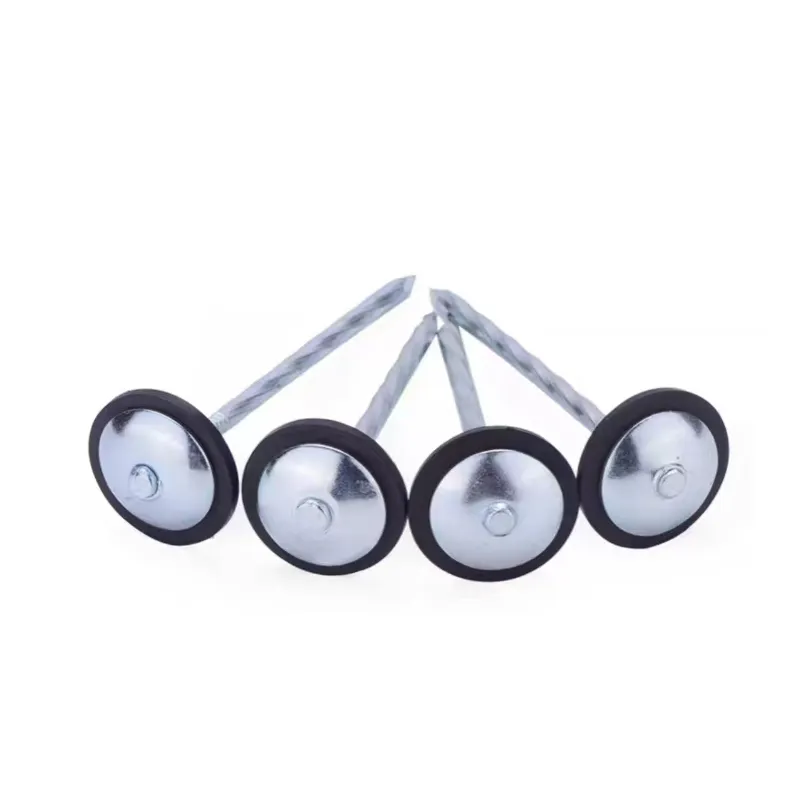Дек . 28, 2024 22:31 Back to list
Rock-filled Cage Retaining Wall Design and Construction Techniques for Effective Soil Management
Rock Cage Retaining Walls An Effective Solution for Erosion Control and Landscaping
In the realm of civil engineering and landscaping, retaining walls play a crucial role in managing soil erosion, stabilizing slopes, and creating visually appealing outdoor spaces. Among the various types of retaining walls, rock cage retaining walls—commonly known as gabion walls—stand out for their durability, versatility, and aesthetic appeal. This article explores the design, benefits, and applications of rock cage retaining walls, highlighting their significance in modern construction and landscape architecture.
What Are Rock Cage Retaining Walls?
Rock cage retaining walls consist of large wire mesh containers (gabions) filled with stones or rocks. These cages are typically made from galvanized steel, which prevents rust and corrosion over time. The stones used in these walls can range from small gravel to larger boulders, depending on the structural requirements and aesthetic preferences. The use of natural materials in construction not only enhances the wall’s strength but also integrates it harmoniously into the surrounding environment.
Design and Construction
The design of rock cage retaining walls is relatively straightforward, making them a popular choice among engineers and landscape architects. The process begins with a thorough site assessment to determine the appropriate height, length, and slope of the wall. After planning, a trench is excavated to help anchor the base of the wall, ensuring it is stable and secure.
Once the foundation is laid, the wire cages are assembled and filled with rocks. The filling process is critical as it directly affects the wall’s drainage capacity and overall strength. Proper drainage is vital for preventing hydrostatic pressure buildup behind the wall, which can lead to structural failure. Incorporating drainage features, such as holes or weep outlets, helps manage water flow, ensuring the longevity of the retaining structure.
Benefits of Rock Cage Retaining Walls
1. Erosion Control One of the primary advantages of rock cage retaining walls is their effectiveness in controlling soil erosion. They provide a physical barrier that holds back soil on slopes and embankments, preventing landslides during heavy rains or flooding.
2. Cost-Effectiveness Compared to traditional concrete or masonry walls, rock cage retaining walls are often more affordable to construct. The materials used are usually locally sourced stones, reducing transportation costs and adding to the sustainability of the project.
3. Environmentally Friendly Gabions are an eco-friendly option, as they allow for vegetation to naturally grow within and around them. Over time, plants can take root in the gaps between the rocks, further enhancing the wall's stability and integrating it within the natural landscape.
rock cage retaining wall

4. Aesthetic Appeal Rock cage retaining walls can be designed to fit various aesthetic styles. Their unique textures and colors can enhance the natural beauty of a space, making them an attractive option for landscaping projects.
5. Flexibility and Adaptability These walls can be constructed in various sizes and shapes, making them suitable for a diverse range of applications. Whether used in residential gardens, commercial developments, or road construction, rock cage retaining walls can adapt to different needs and environments.
Applications
Rock cage retaining walls are used in numerous applications, including
- Residential Landscaping Homeowners often use gabions to create decorative features, garden terraces, and environmentally sustainable drainage solutions in their yards.
- Infrastructure Projects In civil engineering, rock cage walls are employed for slope stabilization near roads, highways, and railway embankments, ensuring safety and functionality.
- Flood Control Gabions are also utilized in flood management systems, helping to redirect water flow and reduce the risk of flooding in susceptible areas.
- Wildlife Habitats The porous nature of rock cage walls provides excellent habitats for various plant and animal species, promoting biodiversity.
Conclusion
Rock cage retaining walls represent a blend of functionality and aesthetic design in modern construction and landscaping. Their robust properties, cost-effectiveness, and ecologically friendly features make them a preferred choice for various applications. As environmental awareness continues to grow, the adoption of sustainable and innovative solutions like rock cage retaining walls will likely become even more prevalent, ensuring resilient landscapes that can withstand the challenges of nature. Whether for erosion control or as an attractive landscaping element, gabions are set to remain a critical component in the future of civil engineering and design.
-
Weather Resistance Properties of Quality Roofing Nails
NewsAug.01,2025
-
How Galvanised Iron Mesh Resists Corrosion in Harsh Environments
NewsAug.01,2025
-
Creative Landscaping Uses for PVC Coated Wire Mesh Panels
NewsAug.01,2025
-
Common Wire Nail Dimensions and Their Specific Applications
NewsAug.01,2025
-
Choosing the Right Welded Wire Sheets for Agricultural Fencing
NewsAug.01,2025
-
Anti - Climbing Features of Razor Wire Barriers
NewsAug.01,2025









